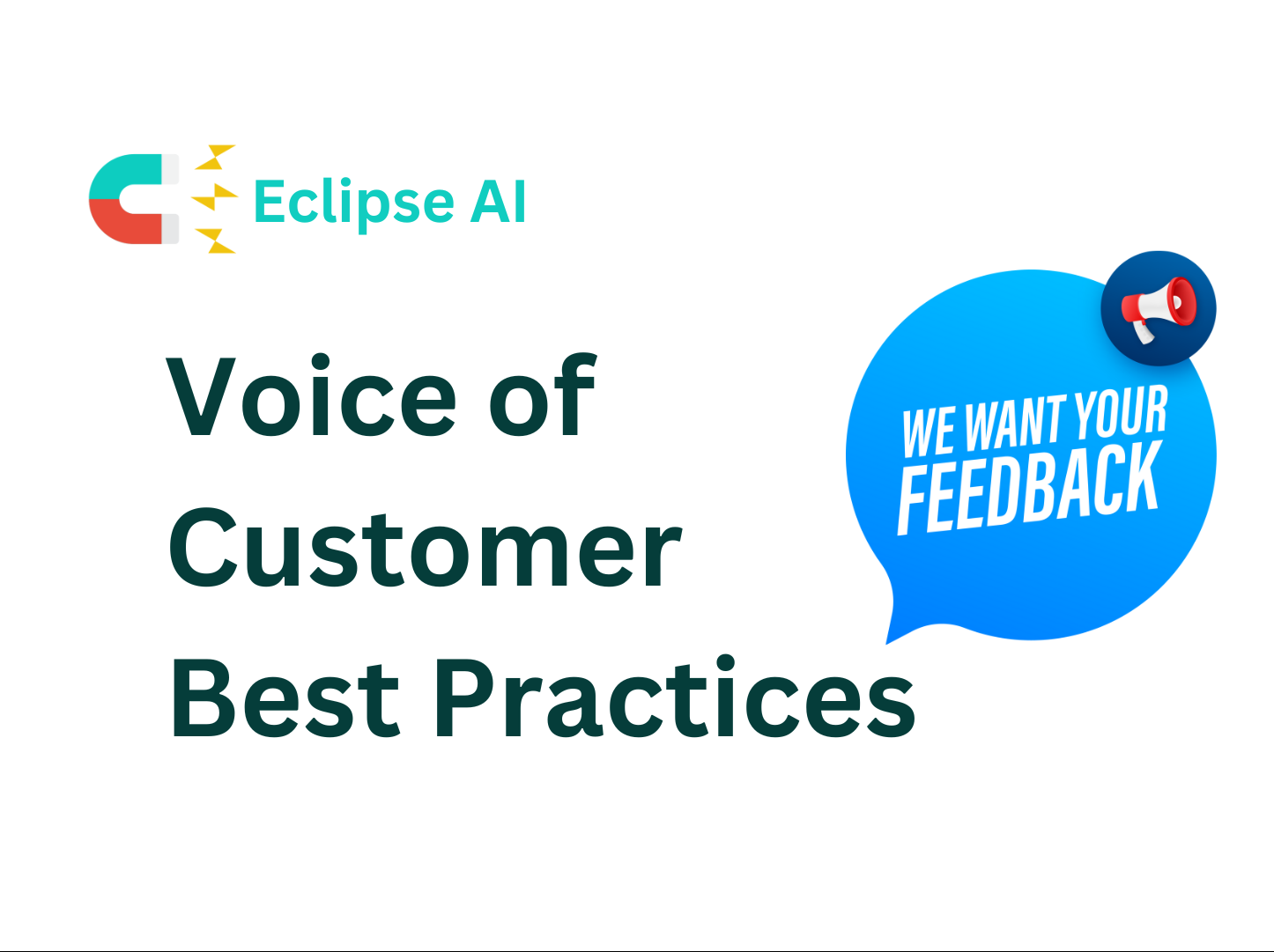
Behind the Beats: How Spotify’s Genius Personalization Creates Your Perfect Playlist
Ever wonder how Spotify always seems to know what you want to listen to? From the songs you play, and skip, Spotify is always learning about your musical preferences.







